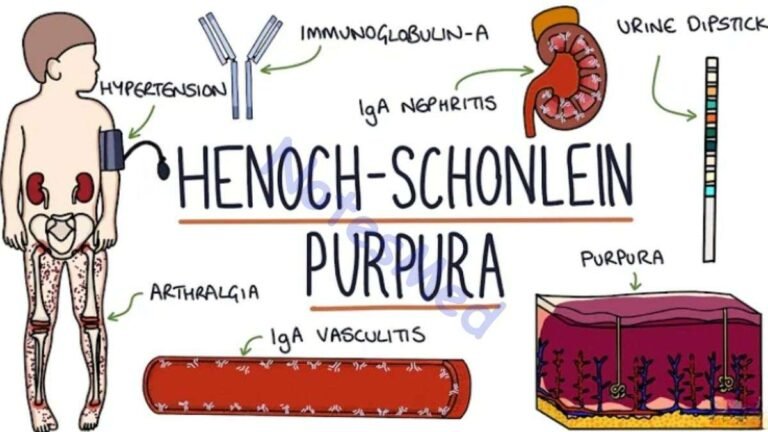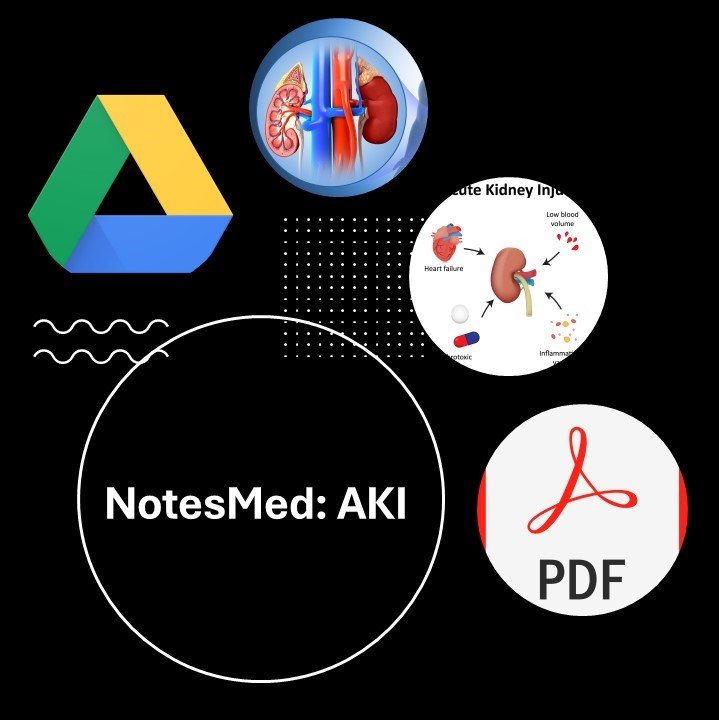What is Luft’s syndrome?
Luft’s syndrome, studied in detail by Luft et al. (1962) is characterized clinically by hypermetabolism state and consequent abnormal transpiration. In their study, Luft and coworkers revealed that hypermetabolism is caused by extensive uncoupling of mitochondrial respiration in skeletal muscle tissue.
A syndrome characterized by a severe hypermetabolic state of mitochondria that leads to hypermetabolism, heat intolerance, profuse perspiration, polyphagia, polydipsia, muscular wasting and weakness, absent deep tendon reflexes, and resting tachycardia. It is also known as Hypermetabolic mitochondrial syndrome.
Etiopathogenesis
It is most commonly seen in childhood. The exact etiology is unknown. It is caused by a mitochondrial abnormality at the cellular level, mitochondria respire wildly and waste the excess energy as heat, the elevation of body temperature up to 38.4 °C.
Muscle mitochondria are structurally modified with the cristae assuming a zig-zag conformation. The zig-zag conformation caused by the removal of some tricarboxylic acid cycle enzymes from the cristae, exposing the interior of the cristae to the matrix fluid. Compact and ordered aggregation of the enzyme molecules in the cristae needed for coupling of respiration and leakage of protons from the cristae: impair coupling of respiration and ATP synthesis.
Mitochondrial enzymes function normally but extensively uncoupling of respiration. The structural damage is conceived to be caused by a genetic defect preventing proper aggregation of the enzyme molecules in the cristae. Luft disease is the first known disease caused primarily by a structural disorder at the molecular level.
Symptoms of luft’s syndrome
- Heat intolerance
- Excessive sweating
- Weakness in muscles
- Hypermetabolism
- Fever
- Diarrhea
- Increase in thirst and appetite
- Hard to gain weight
Investigations
Routine investigations for differential diagnosis such as basal metabolic rate (BMR), Thyroid function test, blood glucose to rule out other conditions with similar presentation.
Treatment
No permanent cure, symptomatic treatment, Vitamin therapy with vitamin C, K, E, with Coenzyme Q10 along with high-calorie food. Protection from heat.




